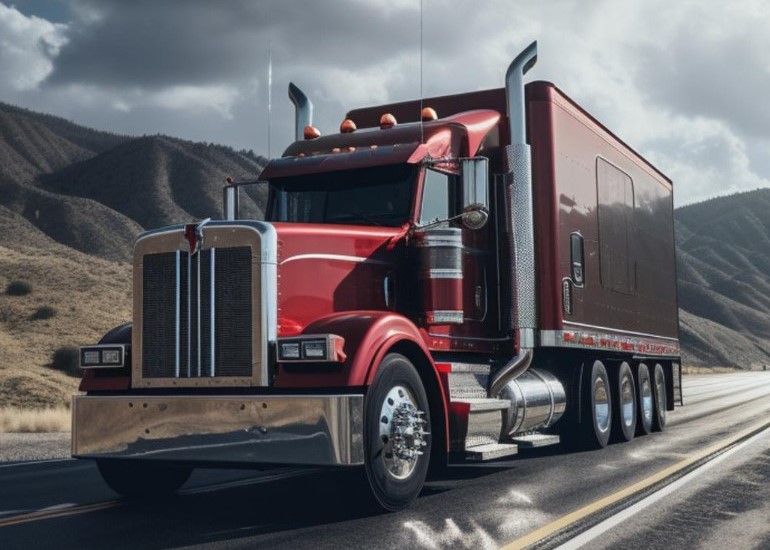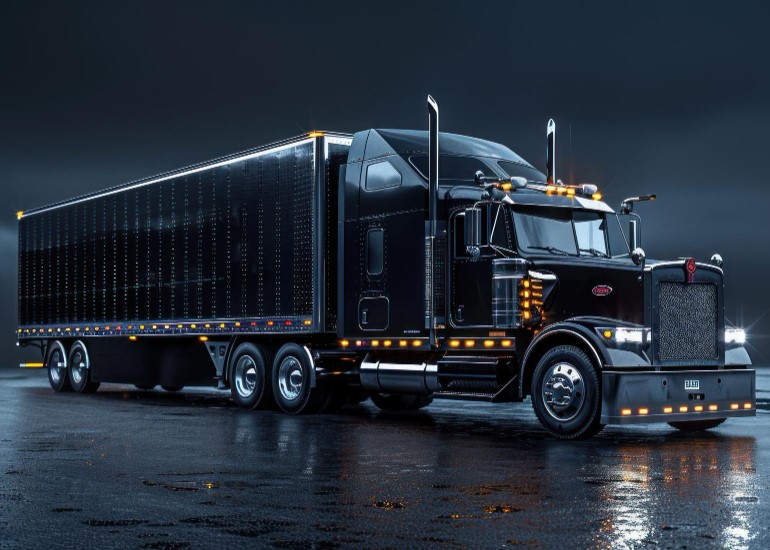Online CDL Permit Practice Tests
state California
Ace Your California CDL Exam: Free Practice Tests
Don't waste your time - start practicing with free online tests today
Our free online CDL practice tests cover all the essential topics, including General Knowledge, Air Brakes, and Combination Vehicles. Practice at your own pace, anytime, anywhere, to build your confidence and ensure you’re fully prepared for your CDL exam.
General Knowledge Test
Air Brakes
Test
Combination Vehicle Test
Step-by-Step Guide to Getting a CDL in California
Step 1: Determine Eligibility
- Age Requirements:
- Intrastate (within California): You must be at least 18 years old.
- Interstate (across state lines) or Hazardous Materials Transport: You must be at least 21 years old.
- Residency and Licensing:
- Hold a valid California Class C (non-commercial) driver’s license.
- Provide proof of California residency.
- Medical Fitness:
- Obtain a Medical Examiner’s Certificate from a certified medical examiner to ensure you meet the physical qualifications.
Step 2: Obtain a Commercial Learner's Permit (CLP):
- Study for the Knowledge Test:
- Review the California Commercial Driver Handbook to prepare for the written knowledge test.
- Complete the Application:
- Fill out the Commercial Driver License Application (Form DL 44C), available at DMV offices.
- Complete a 10-Year History Record Check (Form DL 939) if you’ve held a driver’s license in another state or jurisdiction within the past ten years.
- Submit Documentation:
- Present your valid California driver’s license.
- Provide proof of identity, such as a birth certificate or a U.S. passport.
- Show proof of residency, like utility bills or rental agreements.
- Provide your Social Security card.
- Pass the Knowledge Test:
- The test includes sections on general knowledge, air brakes, and combination vehicles, depending on the class of CDL you’re pursuing.
- Pay Applicable Fees:
- Fees vary based on the class of CDL and endorsements. Refer to the California Department of Motor Vehicles (DMV) fee schedule for details.
Step 3: Complete Entry-Level Driver Training (ELDT):
Enroll in a Training Program:
- As of February 7, 2022, new drivers must complete Entry-Level Driver Training (ELDT) from a provider listed on the Federal Motor Carrier Safety Administration (FMCSA) Training Provider Registry before taking the skills test.
Step 4: Practice with Your CLP:
- Use your CLP to practice driving a commercial vehicle under the supervision of a qualified CDL holder.
- The CLP is valid for 180 days and can be renewed for an additional 180 days if needed.
Step 5: Schedule and Pass the CDL Skills Test:
- Wait the Mandatory Period:
- You must hold the CLP for at least 14 days before taking the skills test.
- Schedule the Test:
- Arrange your test through the DMV or an approved third-party testing site.
- Prepare for the Test:
- The skills test includes:
- Pre-Trip Vehicle Inspection: Demonstrate knowledge of vehicle safety checks.
- Basic Vehicle Control Skills: Show ability to control the vehicle in various maneuvers.
- On-Road Driving: Operate the vehicle safely in various traffic situations.
- The skills test includes:
- Pass the Skills Test:
- Successfully completing all three components is required to obtain your CDL.
Step 6: Obtain Your CDL:
- Submit Documentation:
- After passing the skills test, provide your test results to the DMV.
- Pay Applicable Fees:
- Fees vary; refer to the DMV’s fee schedule for specifics.
- Receive Your CDL:
- Your California CDL will be issued, allowing you to operate commercial vehicles as per your license class and endorsements.
Additional Considerations:
- Endorsements:
- Depending on the type of commercial driving, you may need additional endorsements (e.g., Hazardous Materials, Passenger, School Bus).
- Each endorsement requires passing specific knowledge tests and may have additional requirements.
- Hazardous Materials Endorsement (HME):
- Requires a Transportation Security Administration (TSA) background check and fingerprinting.
- Medical Certification:
- Keep your Medical Examiner’s Certificate up to date and ensure it’s on file with the DMV.
- Self-Certification:
- You must self-certify the type of driving you engage in (interstate or intrastate; exempted or non-exempted) and may need to provide a valid medical certificate accordingly.
For the most current information and detailed guidance, visit the California Department of Motor Vehicles (DMV) Commercial Driver’s Licenses page.
Frequently asked questions
Obtaining a Commercial Driver’s License (CDL) in California involves understanding various requirements and procedures. Below are some frequently asked questions to guide you through the process:
What are the age requirements for obtaining a CDL in California?
You must be at least 18 years old to apply for a CDL. However, to operate a commercial motor vehicle engaged in interstate commerce or to transport hazardous materials or wastes (intrastate or interstate), you must be at least 21 years old.
Do I need a medical examination to obtain a CDL?
Yes, all CDL applicants must complete a medical examination and provide proof to the DMV. A medical exam is required every two years.
What is the Entry-Level Driver Training (ELDT) requirement?
As of February 7, 2022, individuals applying for a Class A or Class B CDL for the first time, upgrading an existing Class B CDL to a Class A CDL, or obtaining a school bus (S), passenger (P), or hazardous materials (H) endorsement for the first time must complete ELDT from a registered training provider.
Are there specific behind-the-wheel training requirements in California?
Yes, California requires a minimum of 15 hours of behind-the-wheel training for applicants of an original Class A or Class B CDL. Proof of completion must be submitted to the DMV using the California Commercial Driver Behind-The-Wheel Training Certification (DL 1236) form.
What are the different classes of CDLs in California?
Class A: Allows operation of any legal combination of vehicles with a gross combination weight rating (GCWR) of 26,001 pounds or more, provided the vehicle(s) being towed exceed 10,000 pounds.
Class B: Permits driving a single vehicle with a gross vehicle weight rating (GVWR) of more than 26,000 pounds, or a 3-axle vehicle weighing over 6,000 pounds.
Class C: Covers any Class C vehicle with one or more of the following endorsements: Hazardous Materials (HazMat), Passenger Vehicle (PV), or Tank Vehicle (TV).
How do I renew my CDL in California?
To renew your CDL, you can complete the process online if you have a clean driving record and meet other eligibility criteria. If required to renew in person, visit a DMV office with your current CDL, complete the necessary application, and pay the applicable fees.
What is the process for obtaining a Hazardous Materials Endorsement (HME)?
To obtain an HME, you must pass a Transportation Security Administration (TSA) background check and fingerprinting process. This is in addition to passing the hazardous materials knowledge test.
For detailed information and updates, refer to the California Department of Motor Vehicles (DMV) official publications and website.



